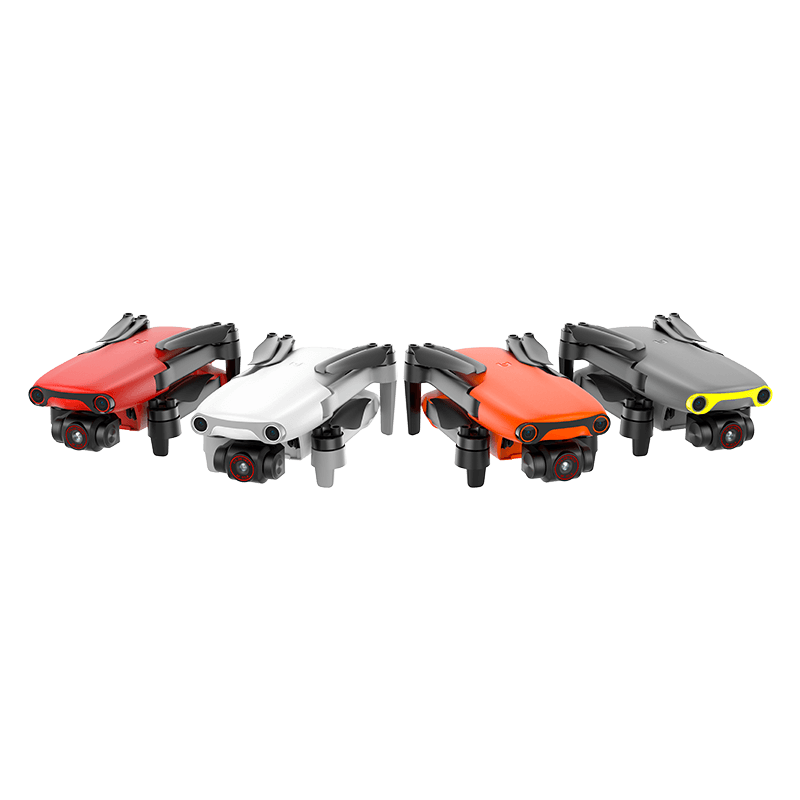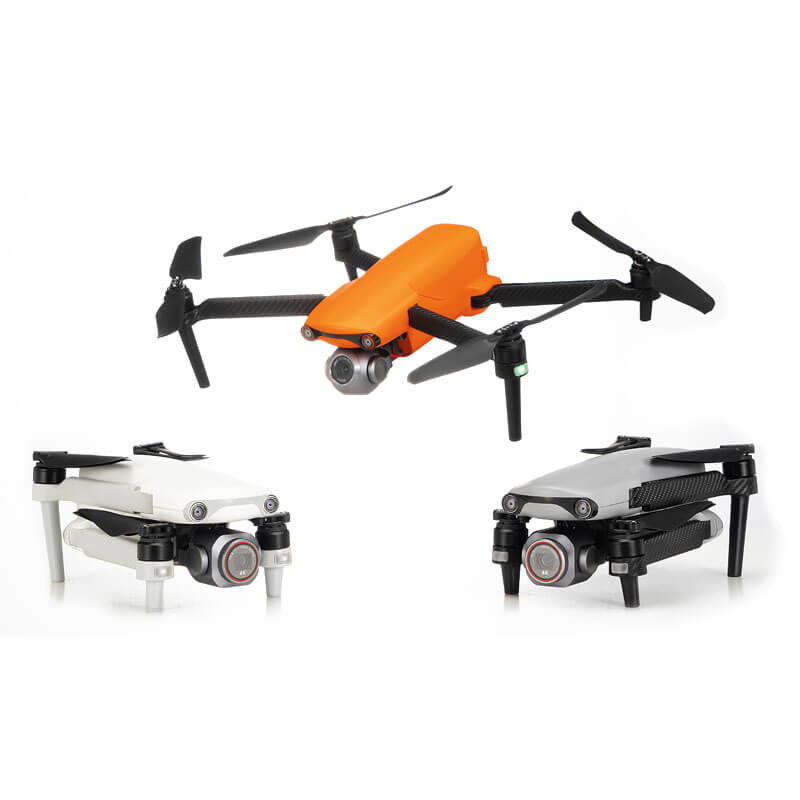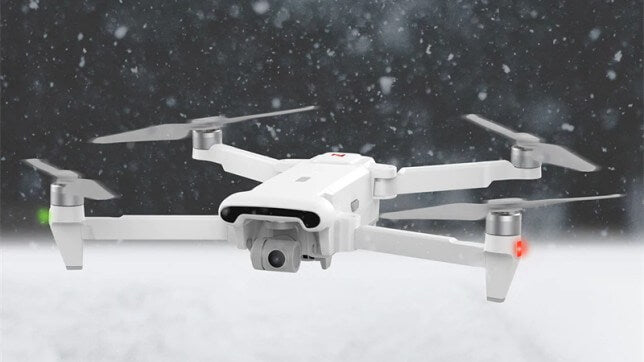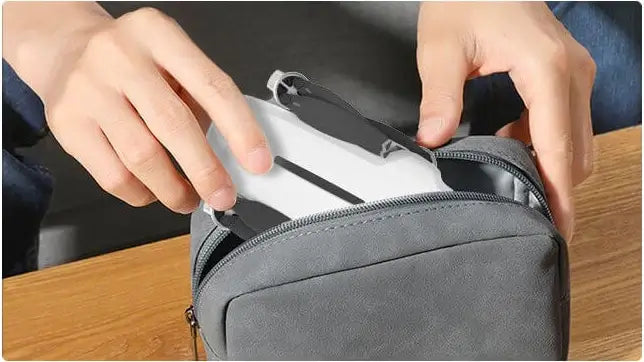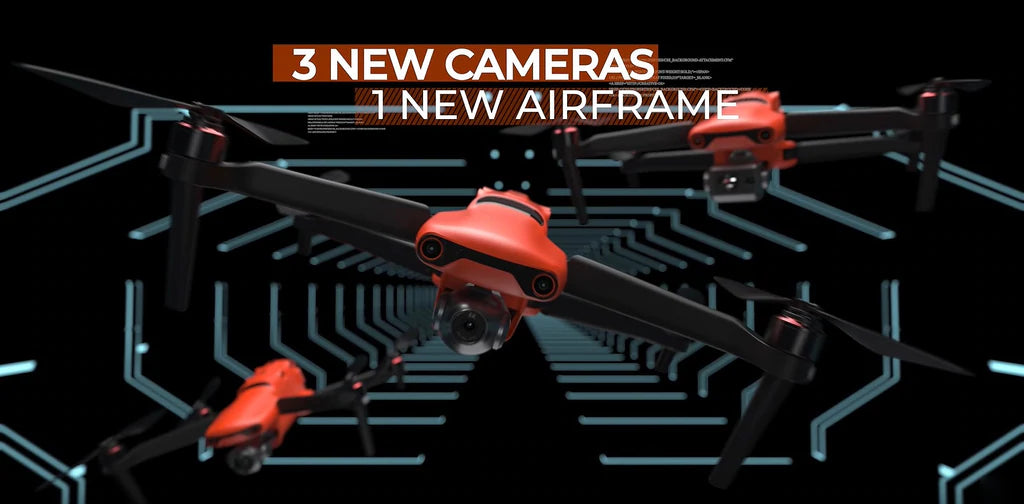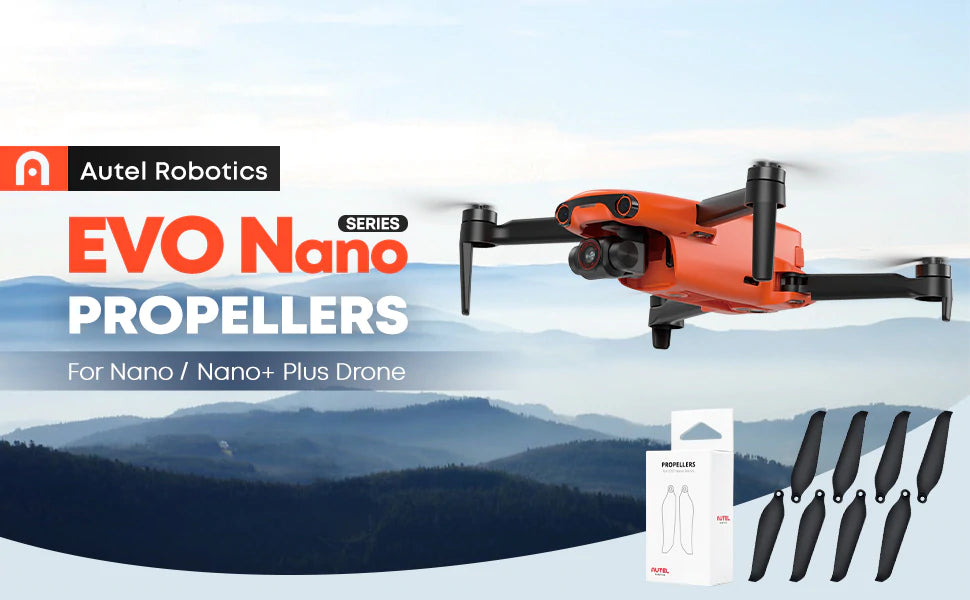The lens is stable, the picture is well lit, and it can be hovered in the air to shoot. Autel Robotics EVO Lite and EVO Lite Plus are easy to fly and capture great images from the air.
Autel Robotics has a history of competing with DJI to make the best consumer drones on the market. In particular, it's fair to compare Autel's Evo line of folding quadcopters to DJI's Mavic line of drones. Can it beat the best? Find out in this Autel Robotics Evo Lite Plus review.
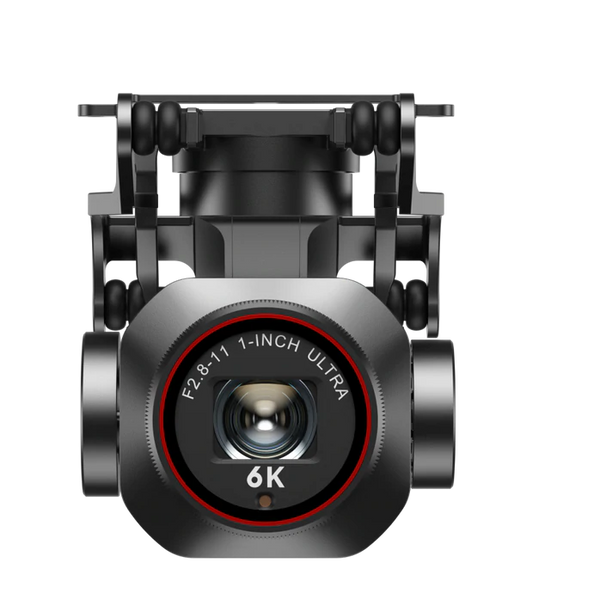
The Autel Robotics Evo Lite series will be released in late 2021 and shipped in early 2022. It comes in two versions, with the "plus" model we tested offering a larger camera. The body features a compact folding quadcopter design, very similar to previous Evo drones, as well as DJI's Mavic drones. It is an effective and efficient design that provides enough aerodynamic performance to reach airspeeds in excess of 40 mph and flight times of up to 40 minutes.
The Evo Lite standard model features a 1/1.28-inch camera sensor capable of capturing up to 50MP images and 4K video. Pixel binning produces a 12.5MP image that should be sharper than a straight 50MP photo. Autel Robotics even includes some lossless zoom, enjoying up to 2x lossless zoom on 4K video and 4x lossless zoom on 1080p video, for a total zoom of up to 16x.
The Evo Lite Plus features a 1-inch camera sensor that captures 20MP stills and 1080p video at up to 6K at 30fps, 4K at 60fps, or 120fps. The larger camera offers up to 1.3x lossless zoom at 4K, 3x lossless zoom at 4K, and up to 16x digital zoom overall.
What's so good about the Evo Lite range?
As camera drones, images and video captured from the sky are critical to some pilots. We're pleased with the Evo Lite Plus' results, especially the low-light performance of the Moonlight setting, which produces pleasingly low-noise photos of dark scenes.
We're also glad that Autel Robotics took the time to learn from past drones and listen to pilots, as the Evo Lite series offers some of the best flight features on today's top drones. Reliable obstacle avoidance will help you stay safe in the air. The stable gimbal makes your video silky smooth. Long-range connectivity enables some pilots to reach ranges of up to 7.5 miles, and most of us, who must comply with line-of-sight drone laws, can ensure a strong connection to the drone.
The Evo Lite Plus is fairly lightweight, with carbon fiber propeller arms, and the battery makes up most of the rear of the fuselage, reducing the extra frame. The battery is relatively large, at least in terms of capacity. With a capacity of over 6,000 mAh, it is one of the largest consumer drone batteries available. The result is a flight time of up to 40 minutes.
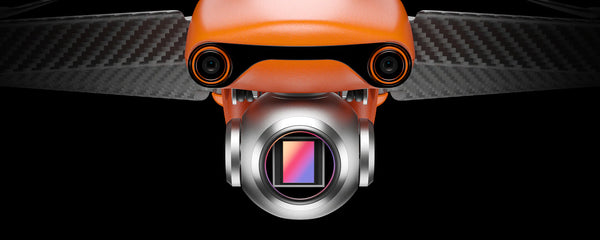
What's so bad about it?
Overall, we think the Evo Lite is a great drone, but there are situations where we just can't get the drone to fly the way we want: indoors. The lack of a GPS connection was to be expected, but the turbulence created by the propeller wash was beyond the drone's capabilities, and we couldn't figure out how to keep the obstacle avoidance sensors on.
This machine can fly hundreds of feet into the sky and isn't our first choice for flying in the living room.
Autel Robotics Evo Lite Plus: Should I buy it?
First, between the Evo Lite and the Evo Lite Plus, we think you should invest in the Evo Lite Plus model. The price is only slightly higher, but the bigger camera is a better deal.
Autel Robotics Evo Lite Plus is an eye-catching drone. If you want to try something else, we're happy to say it's a viable alternative to the DJI Mavic line. At launch, the best part about the Evo Lite Plus was the price. We think the Evo Lite's main competitors are the DJI Air 2S ($999) and DJI Mavic 3 ($2,199). The Evo Lite line is priced between these two DJI drones, offering a range of options that allow you to get a solid drone at multiple price points.
Top Evo Lite Plus Questions and Answers
Q: Do both versions shoot 6K video at 120 fps?
A: Unfortunately, no. The Evo Lite shoots up to 4K at 60fps and 1080p at 120fps. The Evo Lite+ shoots 6K at 30fps, 4K at 60fps, and 1080p at 120fps.
Q: Is "lossless" zoom an optical zoom?
A: Lossless zoom is achieved by utilizing all available pixels on the camera sensor. It's not an optical zoom. An additional zoom level is digital zoom.
Q: Can I really get 40 minutes of flight time?
A: It is possible, yes. The flight time of a drone is more like the fuel economy of a car than the battery life of a smartphone. The longer you are idle, or the harder you push the drone, the less time you will be in the air. In a typical flight, turn on the drone, connect the controller and your smartphone, maybe run an update, and then fly around in various ways with a little wind to deal with, then leave a safe amount in the tank For juice landings, expect to get about 33-35 minutes of actual flight time on average.

